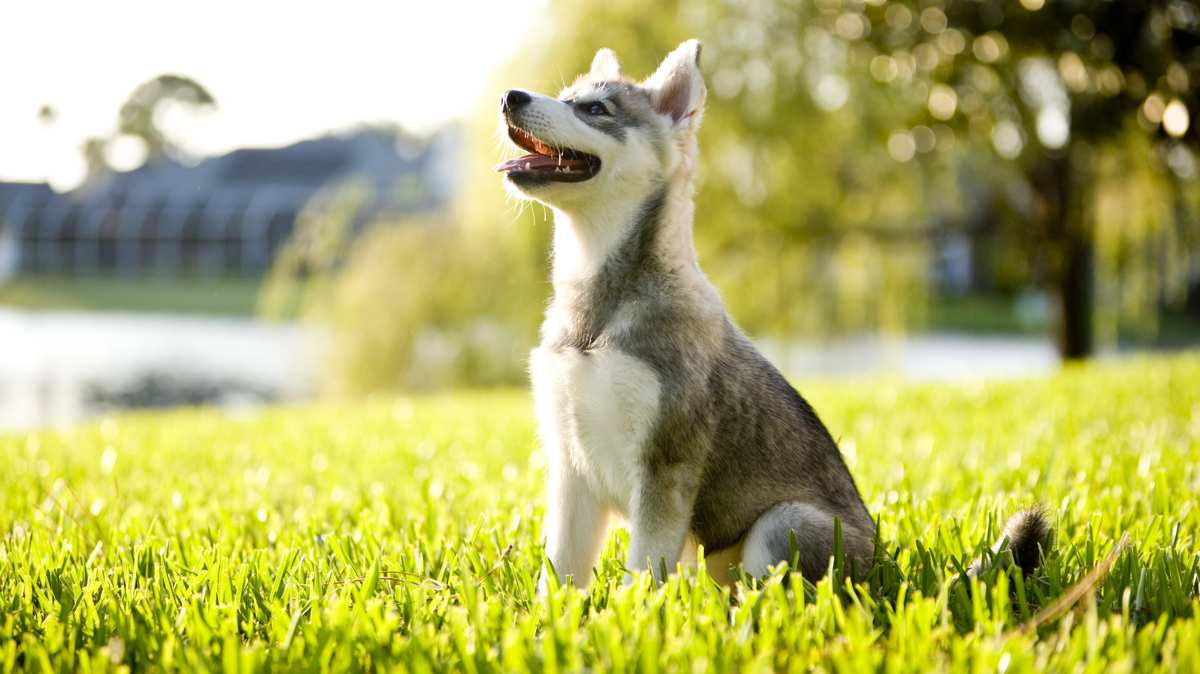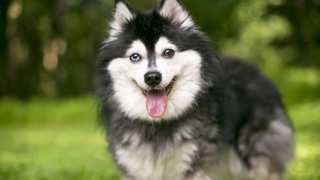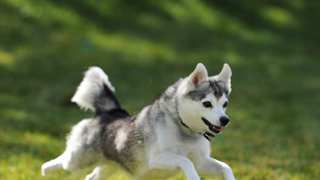Alaskan Klee Kai Breed Details
One fact about Alakan Klee Kais is that they, unlike their larger Alaskan Husky counterparts, are not working or sporting dogs. Linda Spurling created this breed as an aesthetically stunning, small companion dog that has been increasing in popularity since the late 80's. These are indoor dogs and a small, fenced yard is ideal (but not necessary provided enough exercise). They must be included in the owner/family's daily activities, receive proper obedience training, and adequate daily exercise-- otherwise anxiety, boredom or Small Dog Syndrome can result in nuisance behaviors. Overall, this breed is a good match for a first time owner.
PROS
- Small size suitable for large apartments and small homes
- Good with children if well trained
- Friendly with other dogs
- Makes an acceptable watchdog
- Enjoys spending time with the owner/family
- Light exercise buddy
- Eye-catching appearance
- Very clean dogs, little grooming required
- Fairly easy to train
- Few well documented health issues
CONS
- Must live indoors
- Active, needs daily outdoor exercise (minimum 30 min/day)
- Needs early socialization to exist well with cats and other small pets
- Not a guard dog
- Prone to separation anxiety, boredom, Small Dog Syndrome if not stimulated
- Sheds regularly, heavily twice per year (weekly-daily brushing)








